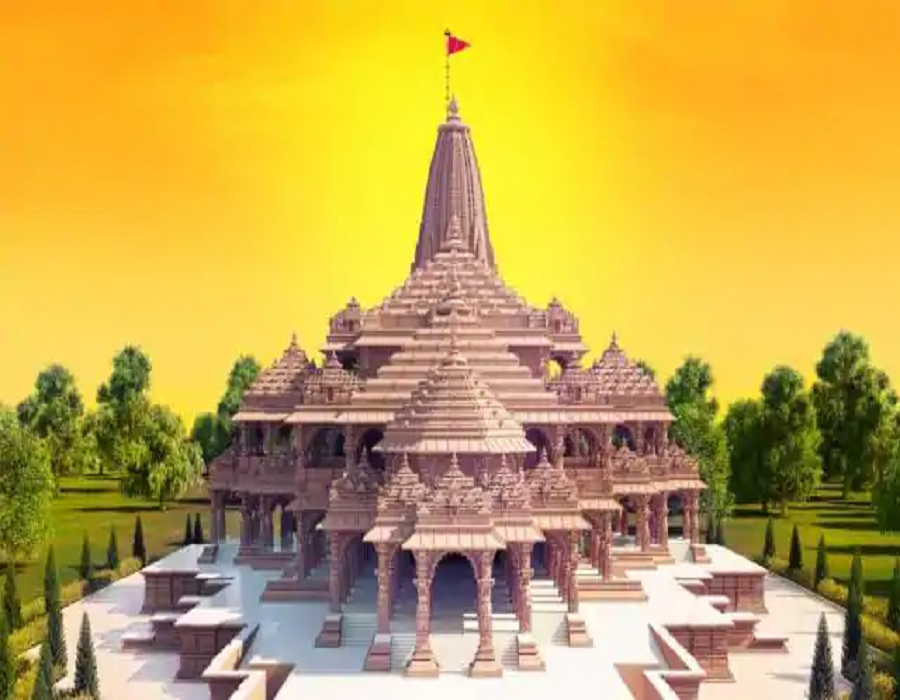On August 5, 2020, five hundred years of struggle for the reclamation of Janmabhoomi of the most revered historical figure and seventh incarnation of Bhagwan Vishnu have come to an end. The construction of the grand temple at Ayodhya must become a transformative event for Indian political discourse. It should be looked at as the central place of cultural identity for millions of Hindus as the Vatican is for Christians and Mecca is for Muslims. It should be the spiritual guiding place for the nation in the years to follow and subsequently, it should be delinked from politics. From now on, Indians must learn to treat religion as a personal affair of an individual and should never be brought up to score political points or gain electoral victories. The hate for each other was growing louder day by day on the issue of Ram Mandir. A common Hindu feeling was that why Muslims stayed here in India if they wanted a mosque when we had given them a Pakistan. And the Muslims always feel insecure because they got Pakistan, and Hindus think they are overstaying here. Both feelings were not there originally, but the appeasement politics brought them in.
The political landscape of India has been shaped by the tussle between two competing and mutually antagonistic grand ideas: composite nationalism and cultural nationalism. Initially, the dominant idea of Indian nationalism was the one the Congress championed. India’s composite culture, shaped by influences from different cultures over the centuries, was its leitmotif. The BJP, its predecessor Jana Sangh, and their parent the RSS rejected the idea of composite nationalism as a ploy by the post-Independence ruling elite to hide out of sight the impulses that had resulted in Partition. Indian nationalism, the Sangh argued, was a continuous stream flowing for thousands of years, based on the Hindu culture of South Asia. In this understanding, concepts such as composite culture appeared as an attempt to deny Hindu cultural nationalism its rightful place.
Lastly, it is a matter of great pride for the millions of Hindus worldwide that Ram Temple is emerging from the pale shadow of past slavery. For over 70 years the Ayodhya Mandir issue was a bone of contention for all parties versus the BJP. BJP was always accused of polarizing the Hindu in the name of Mandir, Article 370, and Common Civil Code etc. Now that the BJP is in power for a successive term led by a brilliant team of Narendra Modi and his man Friday Amit Shah, the controversial Article 370 has been abrogated. Ram Mandir is being reconstructed. The CAA has been enacted. The only issue pending as per its manifesto is the Uniform Civil Code. Narendra Modi made it perfectly acceptable to be ‘Hindu and Proud’ in mainstream political discourse. I am sure it is a non-issue for Lutyens Delhi elites but trust me; it will touch the heart of millions of Indians living in rural India for ages.








 OpinionExpress.In
OpinionExpress.In















Comments (0)